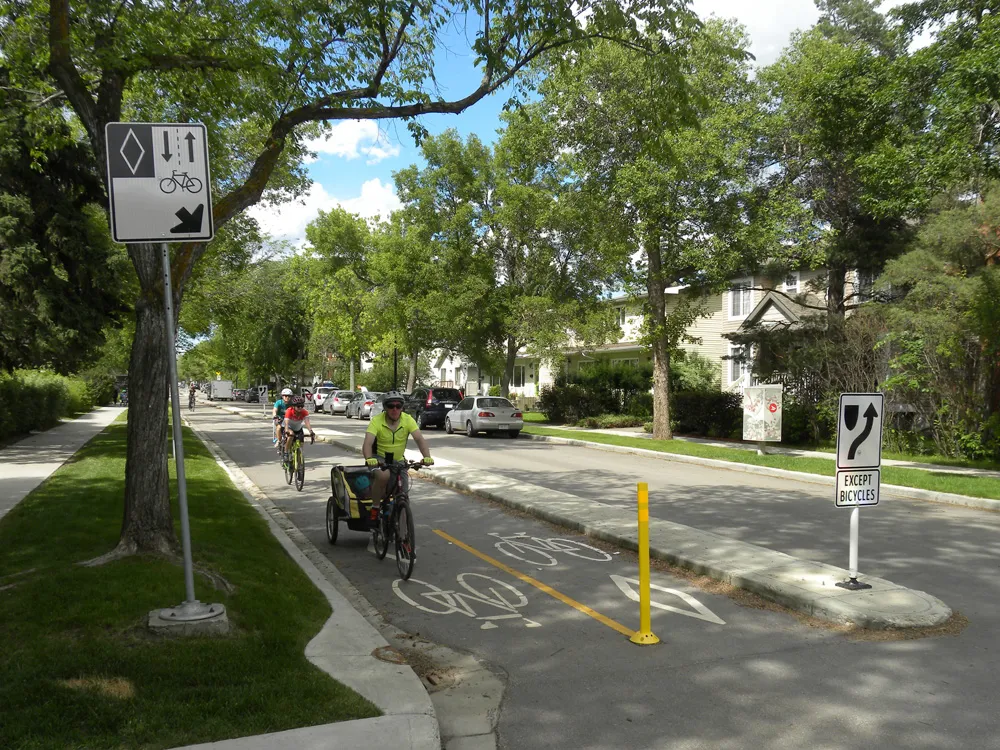The Blaze Laserlight, developed by Emily Brooke, the founder of Blaze, projects a bicycle shape onto the carriageway in front of the cyclist and also helps to warn pedestrians that a cyclist is approaching if they are looking to cross a road or cycle path.
The trial is being carried out on 250 Santander Cycle bikes and is being funded as part of the annual budget for the scheme. If the trial is successful, the lights could be introduced more widely across the scheme, paid for by additional funding from S
September 21, 2015
Read time: 2 mins
The Blaze Laserlight, developed by Emily Brooke, the founder of 8234 Blaze, projects a bicycle shape onto the carriageway in front of the cyclist and also helps to warn pedestrians that a cyclist is approaching if they are looking to cross a road or cycle path.
The trial is being carried out on 250 Santander Cycle bikes and is being funded as part of the annual budget for the scheme. If the trial is successful, the lights could be introduced more widely across the scheme, paid for by additional funding from Santander.
James Mead, general manager of Santander Cycles, said: "Although the technology has been available for several years, this is the first time that it has been built directly into the frame of a hire bike. We will be robustly testing the technology, its effectiveness and peoples’ opinions of it during the trial and hope to make a further update later this year."
Phil Ellis, COO and co-founder of Blaze, said: “This trial with Santander Cycles and TfL is a big step in the evolution of cycling safety in London and an important step for Blaze.”
The trial is being carried out on 250 Santander Cycle bikes and is being funded as part of the annual budget for the scheme. If the trial is successful, the lights could be introduced more widely across the scheme, paid for by additional funding from Santander.
James Mead, general manager of Santander Cycles, said: "Although the technology has been available for several years, this is the first time that it has been built directly into the frame of a hire bike. We will be robustly testing the technology, its effectiveness and peoples’ opinions of it during the trial and hope to make a further update later this year."
Phil Ellis, COO and co-founder of Blaze, said: “This trial with Santander Cycles and TfL is a big step in the evolution of cycling safety in London and an important step for Blaze.”









